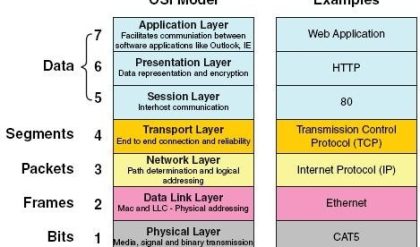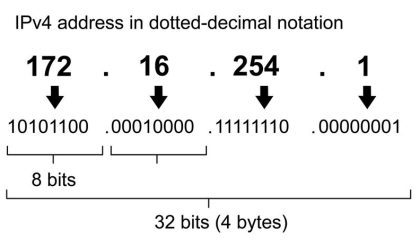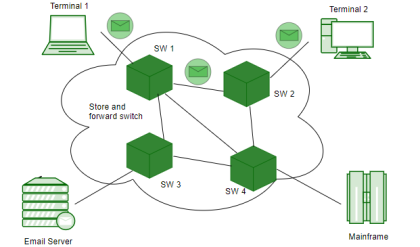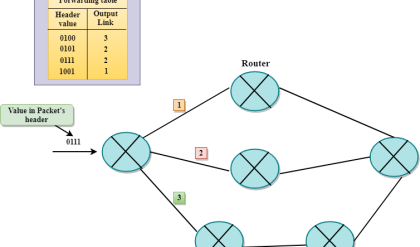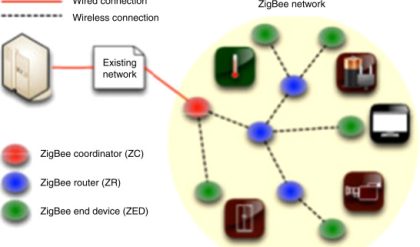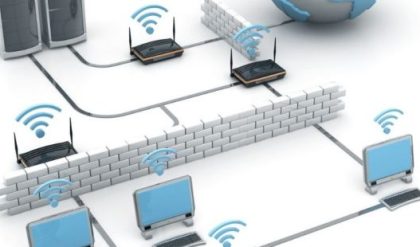The 6LoWPAN system is used for a variety of applications including wireless sensor networks. This form of wireless sensor network sends data as packets and using IPv6 – providing the basis for the name – IPv6 over Low power Wireless Personal Area Networks.
6LoWPAN provides a means of carrying packet data in the form of IPv6 over IEEE 802.15.4 and other networks. It provides end-to-end IPv6 and as such it is able to provide direct connectivity to a huge variety of networks including direct connectivity to the Internet.
In this way, 6LoWPAN adopts a different approach to the other low power wireless sensor network solutions.
6LoWPAN and IETF
6LoWPAN is an open standard defined by the Internet Engineering Task Force, IETF in their document RFC 6282. The IETF is the standards body that defines many of the open standards used in the Internet including HTTP, TCP, UDP and many others.
Whilst 6LoWPAN was originally conceived to build on top of IEEE 802.15.4, a standard that set out the lower layers for a 2.4 GHz low power wireless system, it is now being developed and adapted to work with many other wireless bearers including Bluetooth Smart; power line control, PLC, and low power Wi-Fi.
The 6LoWPAN group have then defined the encapsulation and compression mechanisms that enable the IPv6 data to be carried of the wireless network.
The development of the 6LoWPAN system was not as easy as might be thought as the basic natures of the two systems are very different. However it was believed that using packet data over a low power wireless sensor network would offer significant advantages in terms of data handling and management.
6LoWPAN application areas
With many low power wireless sensor networks and other forms of ad hoc wireless networks, it is necessary that any new wireless system or technology has a defined area which it addresses. While there are many forms of wireless networks including wireless sensor networks, 6LoWPAN addresses an area that is currently not addressed by any other system, i.e. that of using IP, and in particular IPv6 to carry the data.
The overall system is aimed at providing wireless internet connectivity at low data rates and with a low duty cycle. However there are many applications where 6LoWPAN is being used:
· General Automation: There are enormous opportunities for 6LoWPAN to be used in many different areas of automation.
· Home automation: There is a large market for home automation. By connecting using IPv6, it is possible to gain distinct advantages over other IoT systems. The Thread initiative has been set up to standardize on a protocol running over 6LoWPAN to enable home automation.
· Smart Grid: Smart grids enable smart meters and other devices to build a micro mesh network and they are able to send the data back to the grid operator’s monitoring and billing system using the IPv6 backbone.
· Industrial monitoring: Automated factories and industrial plants provide a great opportunity for 6LoWPAN and using automation, can enable major savings to be made. The ability of 6LoWPAN to connect to the cloud opens up many different areas for data monitoring and analysis.
6LoWPAN basics
The 6LoWPAN technology utilises IEEE 802.15.4 to provide the lower layers for this low power wireless network system. While this seems a straightforward approach to the development of an packet data wireless network or wireless sensor network, there are incompatibilities between IPv6 format and the formats allowed by IEEE 802.15.4. This differences are overcome within 6LoWPAN and this allows the system to be used as a layer over the basic 802.15.4.
In order to send packet data, IPv6 over 6LowPAN, it is necessary to have a method of converting the packet data into a format that can be handled by the IEEE 802.15.4 lower layer system.
IPv6 requires the maximum transmission unit (MTU) to be at least 1280 bytes in length. This is considerably longer than the IEEE802.15.4’s standard packet size of 127 octets which was set to keep transmissions short and thereby reduce power consumption.
To overcome the address resolution issue, IPv6 nodes are given 128 bit addresses in a hierarchical manner. The IEEE 802.15.4 devices may use either of IEEE 64 bit extended addresses or 16 bit addresses that are unique within a PAN after devices have associated. There is also a PAN-ID for a group of physically co-located IEEE802.15.4 devices.
6LoWPAN security
It is anticipated that the Internet of Things, IoT will offer hackers a huge opportunity to take control of poorly secured devices and also use them to help attack other networks and devices.
Accordingly security is a major issue for any standard like 6LoWPAN, and it uses AES-128 link layer security which is defined in IEEE 802.15.4. This provides link authentication and encryption.
Further security is provided by the transport layer security mechanisms that are also included. This is defined in RFC 5246 and runs over TCP.
For systems where UDP is used the transport layer protocol defined under RFC 6347 can be used, although this may require some specific hardware requirements.
6LoWPAN interoperability
One key issue of any standard is that of interoperability. It is vital that equipment from different manufacturers operates together.
When testing for interoperability, it is necessary to ensure that all layers of the OSI stack are compatible. To ensure that this can be achieved there several different specifications that are applicable.
Any item can be checked to conform it meets the standard, and also directly tested for interoperability.
6LoWPAN is a wireless / IoT style standard that has quietly gained significant ground. Although initially aimed at usage with IEEE 802.15.4, it is equally able to operate with other wireless standards making it an ideal choice for many applications.
6LoWPAN uses IPv6 and this alone has to set it aside from the others with a distinct advantage. With the world migrating towards IPv6 packet data, a system such 6LoWPAN offers many advantages for low power wireless sensor networks and other forms of low power wireless networks.
